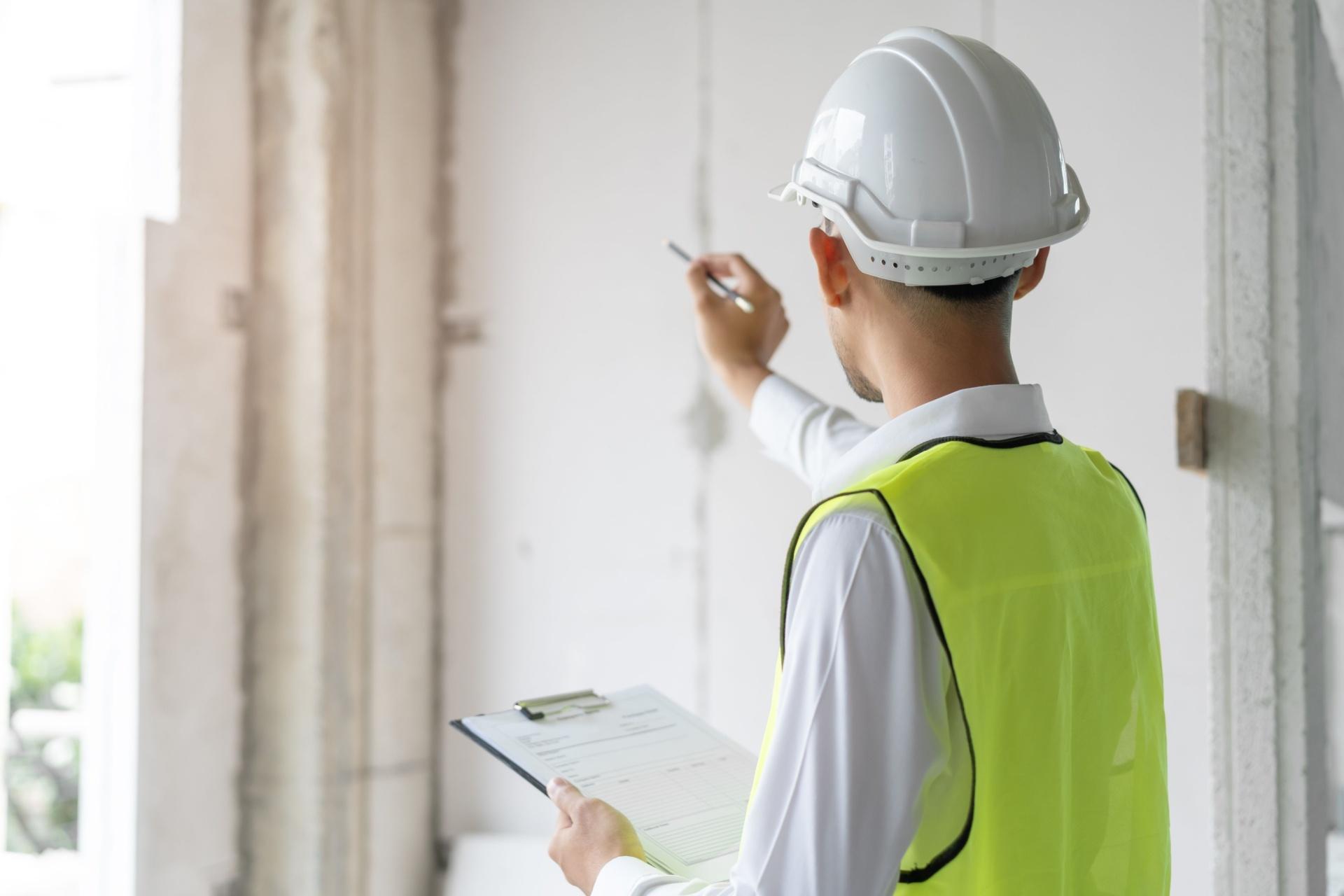In real estate, a quality assurance inspection plays a critical role in ensuring that homes are evaluated thoroughly, accurately, and consistently. Whether you’re a buyer seeking peace of mind, a seller aiming for transparency, or an inspector maintaining professional integrity, quality assurance practices help uphold trust and reliability across every transaction.
This guide outlines the essential best practices and industry standards that define a high-quality home inspection and explains why quality assurance is the cornerstone of successful property evaluations.
What Is a Quality Assurance Inspection?
A quality assurance inspection in home evaluations refers to a structured process designed to verify that inspections meet consistent, professional standards. It ensures inspectors are following recognized guidelines, using accurate tools, and delivering detailed reports. This process enhances accuracy, reduces liability, and fosters confidence in real estate decisions.
Why Quality Assurance Matters in Home Inspections
Implementing a quality assurance approach offers numerous benefits:
-
Protects Buyers
It ensures that homebuyers receive a complete and unbiased assessment of the property, helping them make informed decisions and avoid costly surprises. -
Empowers Sellers
Sellers can confidently disclose the condition of their property, resolve issues proactively, and build trust with potential buyers. -
Smoothens Real Estate Transactions
Accurate and standardized inspections minimize disagreements or delays in negotiations, making the transaction process more efficient. -
Enhances Industry Credibility
A commitment to quality inspection practices elevates the reputation of home inspectors and fosters long-term client trust.
Best Practices for Conducting Quality Assurance Inspections
To maintain consistency and accuracy in home inspections, professionals follow several key best practices:
1. Professional Training and Certification
Home inspectors should complete formal training and earn certifications from reputable organizations such as:
-
ASHI (American Society of Home Inspectors)
-
InterNACHI (International Association of Certified Home Inspectors)
Ongoing education is vital to stay updated with industry advancements and maintain inspection quality.
2. Following Standardized Procedures
A structured inspection process ensures nothing is overlooked. Inspectors typically use comprehensive checklists that include:
-
Structural elements (roof, foundation, walls)
-
Electrical and plumbing systems
-
HVAC units
-
Insulation and ventilation
-
Interior and exterior conditions
3. Using Modern Tools and Technology
A quality assurance inspection often involves advanced tools to detect hidden issues:
-
Thermal Imaging Cameras – Identify insulation gaps or moisture buildup
-
Moisture Meters – Measure water levels in walls and floors
-
Gas Detectors – Detect gas leaks from appliances or pipelines
These tools increase inspection accuracy and help document problems more effectively.
4. Delivering Detailed and Clear Reports
A reliable inspection includes a thorough report that outlines:
-
Photos and Descriptions of all identified issues
-
Severity Levels – Evaluating the impact of each problem
-
Recommendations for repairs or further evaluations
The clarity of a report is essential for decision-making and future planning.
5. Regular Equipment Calibration
Inspectors should routinely calibrate their equipment based on manufacturer guidelines. This ensures the tools provide accurate readings, eliminating the risk of faulty conclusions.
6. Continuous Internal Audits and Reviews
Ongoing internal reviews, peer audits, and quality assessments help inspectors identify gaps in their process, correct errors, and stay compliant with industry standards.
Key Standards That Govern Home Inspections
Several organizations set the framework for conducting quality home inspections:
- ASHI Standards of Practice
These standards define the scope, limitations, and ethical responsibilities of an inspector. They clarify what’s included in a standard inspection and what is excluded (e.g., environmental testing, future predictions).
- InterNACHI Guidelines
These focus on the minimum requirements for inspections and specify reporting standards. They also detail what the client should and should not expect from an inspection.
- RESNET Energy Standards
For homes undergoing energy audits, the Residential Energy Services Network (RESNET) offers detailed standards to assess a home’s energy efficiency and recommend upgrades.
Benefits of a Quality Assurance Inspection
Investing in proper inspection standards offers long-term advantages:
1. Better Customer Satisfaction
Accurate and professional inspections boost client trust, leading to higher satisfaction and word-of-mouth referrals.
2. Reduced Legal Risks
Thorough documentation and compliance with standards protect both the inspector and the client from disputes or liability.
3. Increased Property Value
Sellers with pre-inspected homes can resolve issues early, making the property more attractive and speeding up the sales process.
4. Peace of Mind for Buyers
Buyers gain confidence in their purchase, knowing the home has been thoroughly examined for hidden defects.
5. Strengthened Industry Standards
When inspection companies commit to quality assurance, it raises the bar for the entire industry, improving outcomes for everyone involved.
Final Thoughts
A quality assurance inspection is not just about ticking boxes—it’s about upholding professionalism, protecting investments, and delivering value. By following best practices, using the right tools, and adhering to recognized standards, home inspectors can ensure every evaluation is comprehensive, accurate, and trustworthy.
If you’re buying, selling, or maintaining a home in Northern Virginia or surrounding areas, consider working with a reputable inspection firm like ProTec Inspections. Their commitment to quality assurance ensures that every property is inspected with care, precision, and integrity—giving you the peace of mind you deserve.



